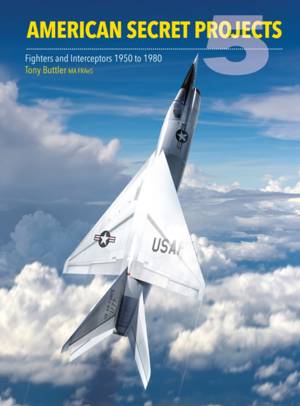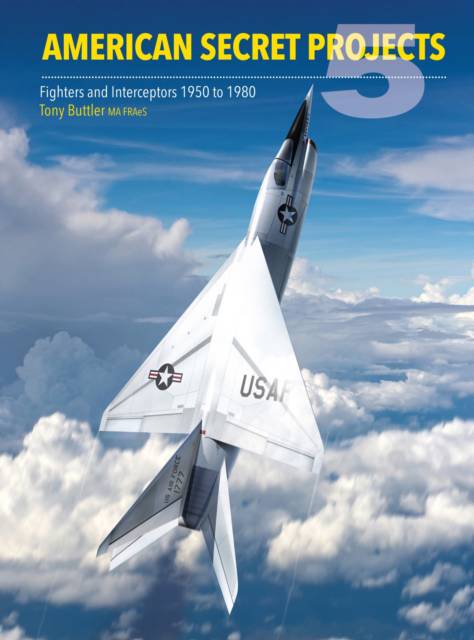
- Afhalen na 1 uur in een winkel met voorraad
- Gratis thuislevering in België vanaf € 30
- Ruim aanbod met 7 miljoen producten
- Afhalen na 1 uur in een winkel met voorraad
- Gratis thuislevering in België vanaf € 30
- Ruim aanbod met 7 miljoen producten
Zoeken
Omschrijving
This is a revised and expanded edition of a book published some years ago which looks at American fighter projects that were proposed during a period extending from around 1950 though to 1980. This time frame is fluid as some early projects included originated in the late 1940s. At the other end of the scale, although the design competitions which led to the F-16, YF-17 and F-18 are the final subjects covered in depth, a few projects that followed these fighters are included which again makes the 1980 closing date only approximate. No coverage is given to projects from that point onwards because much of the background is still secret and will probably remain so for a long time.
This was an exciting era in terms of fighter development. It was during these years that the jet finally eclipsed the propeller, wings took on entirely new shapes, the 'sound barrier' was breached and maximum speeds were multiplied. It was an era in which aeronautical engineering became much more complex but before the computer would come to the designer's assistance. This meant much more of a 'try it and see' attitude to new ideas. Therefore, when an air arm required a new fighter, several design teams could prepare proposals that could be very different from one another.
The topics discussed in detail in the book's seven chapters include the quest for a long-range interceptor, vertical takeoff aircraft, naval developments and lightweight fighters. Appendices provide listings of all projects that were developed and their specifications. A new separate appendix looks at the Canadian Avro CF-105 Arrow which in many ways matched the work undertaken in the US on long-range interceptors and thus makes an interesting comparison.
This was an exciting era in terms of fighter development. It was during these years that the jet finally eclipsed the propeller, wings took on entirely new shapes, the 'sound barrier' was breached and maximum speeds were multiplied. It was an era in which aeronautical engineering became much more complex but before the computer would come to the designer's assistance. This meant much more of a 'try it and see' attitude to new ideas. Therefore, when an air arm required a new fighter, several design teams could prepare proposals that could be very different from one another.
The topics discussed in detail in the book's seven chapters include the quest for a long-range interceptor, vertical takeoff aircraft, naval developments and lightweight fighters. Appendices provide listings of all projects that were developed and their specifications. A new separate appendix looks at the Canadian Avro CF-105 Arrow which in many ways matched the work undertaken in the US on long-range interceptors and thus makes an interesting comparison.
Specificaties
Betrokkenen
- Auteur(s):
- Uitgeverij:
Inhoud
- Aantal bladzijden:
- 392
- Taal:
- Engels
- Reeks:
Eigenschappen
- Productcode (EAN):
- 9781800353466
- Verschijningsdatum:
- 15/02/2026
- Uitvoering:
- Hardcover
- Formaat:
- Genaaid
- Afmetingen:
- 216 mm x 279 mm

Alleen bij Standaard Boekhandel
+ 76 punten op je klantenkaart van Standaard Boekhandel
Beoordelingen
We publiceren alleen reviews die voldoen aan de voorwaarden voor reviews. Bekijk onze voorwaarden voor reviews.








